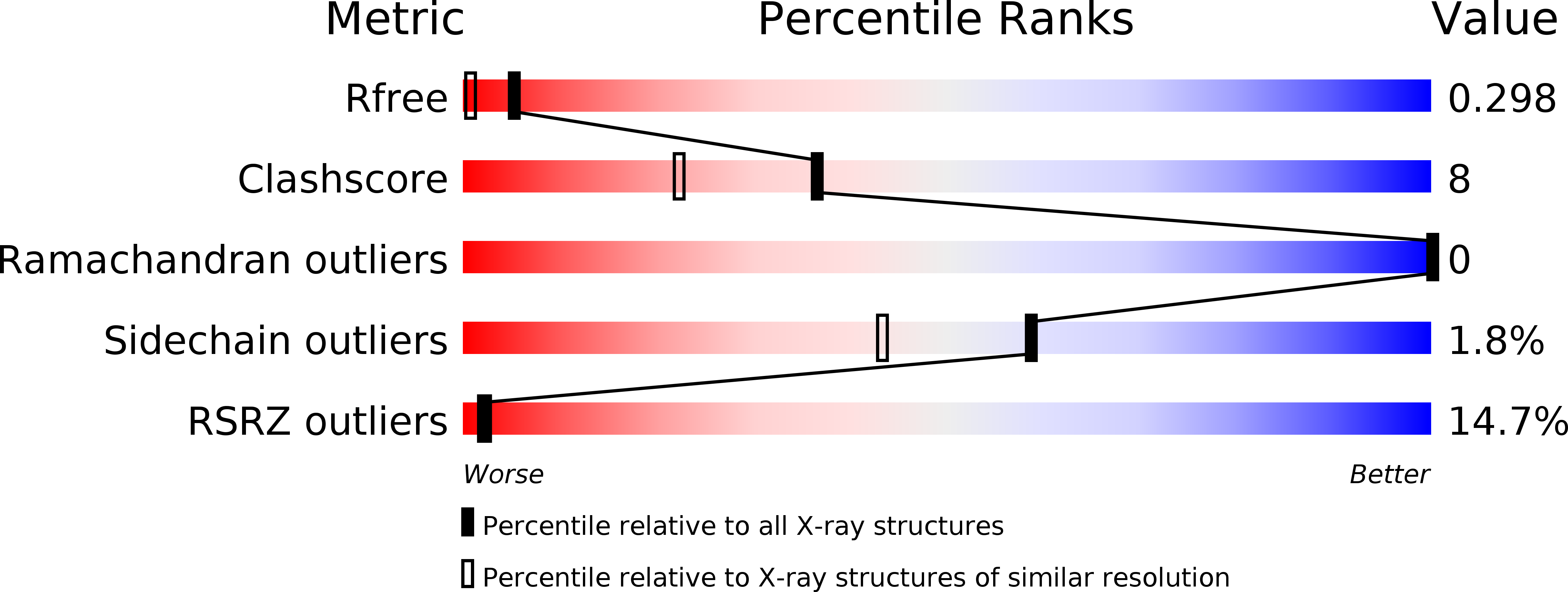
Deposition Date
2006-02-11
Release Date
2006-04-18
Last Version Date
2024-04-03
Entry Detail
PDB ID:
2G0C
Keywords:
Title:
Structure of the RNA binding domain (residues 404-479) of the Bacillus subtilis YxiN protein
Biological Source:
Source Organism:
Bacillus subtilis (Taxon ID: 1423)
Host Organism:
Method Details:
Experimental Method:
Resolution:
1.70 Å
R-Value Free:
0.27
R-Value Work:
0.25
R-Value Observed:
0.25
Space Group:
P 41 21 2


